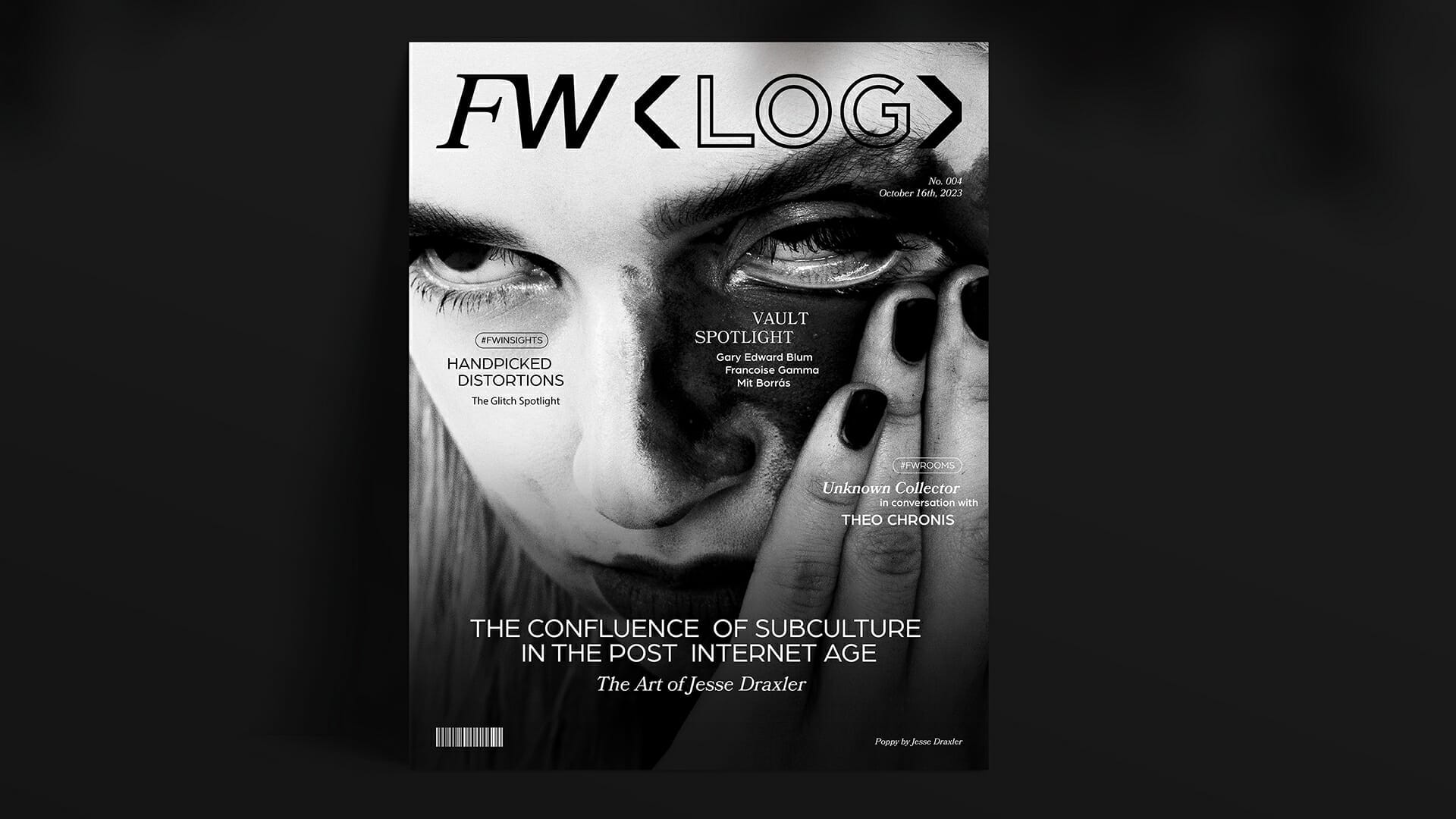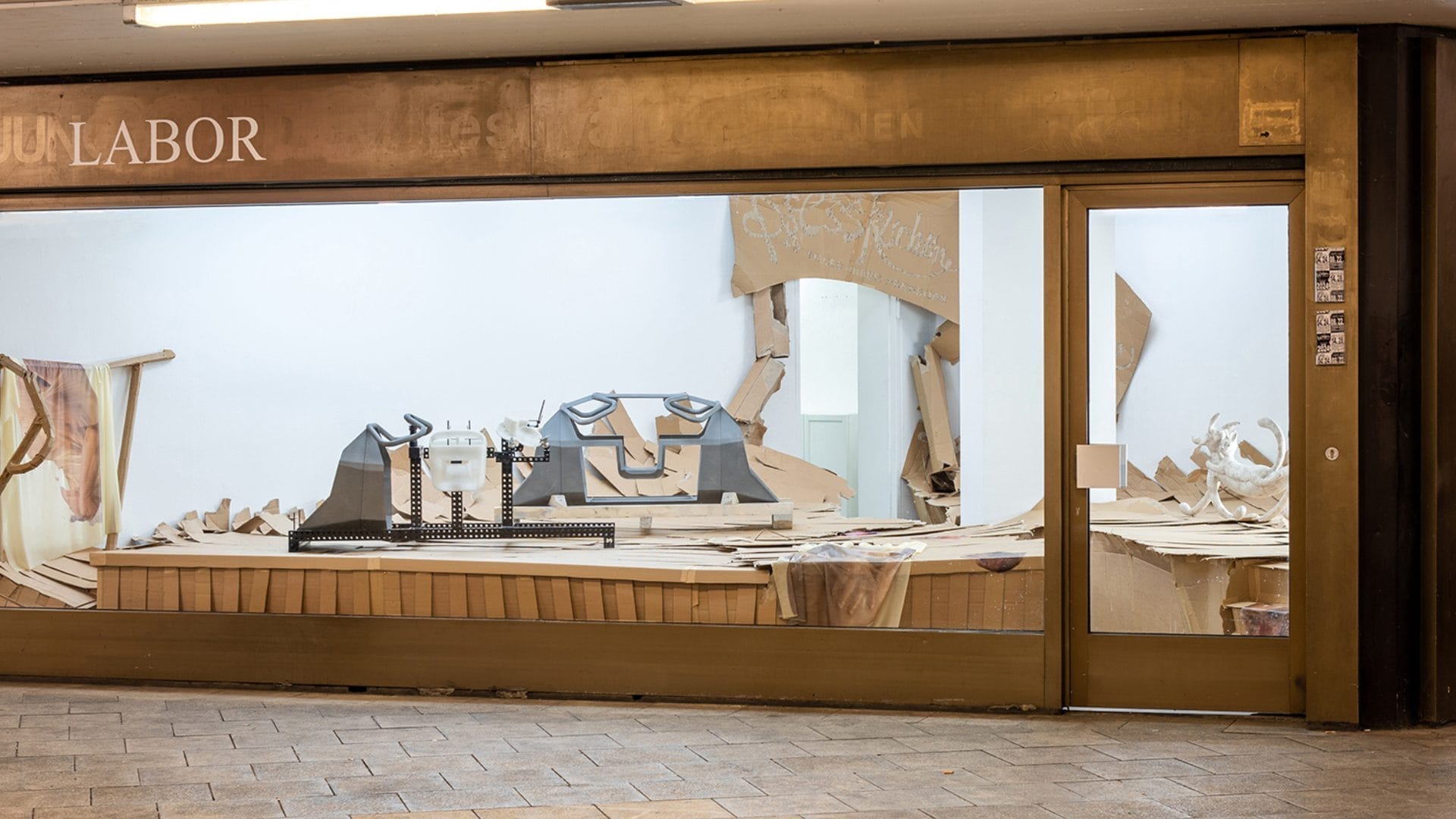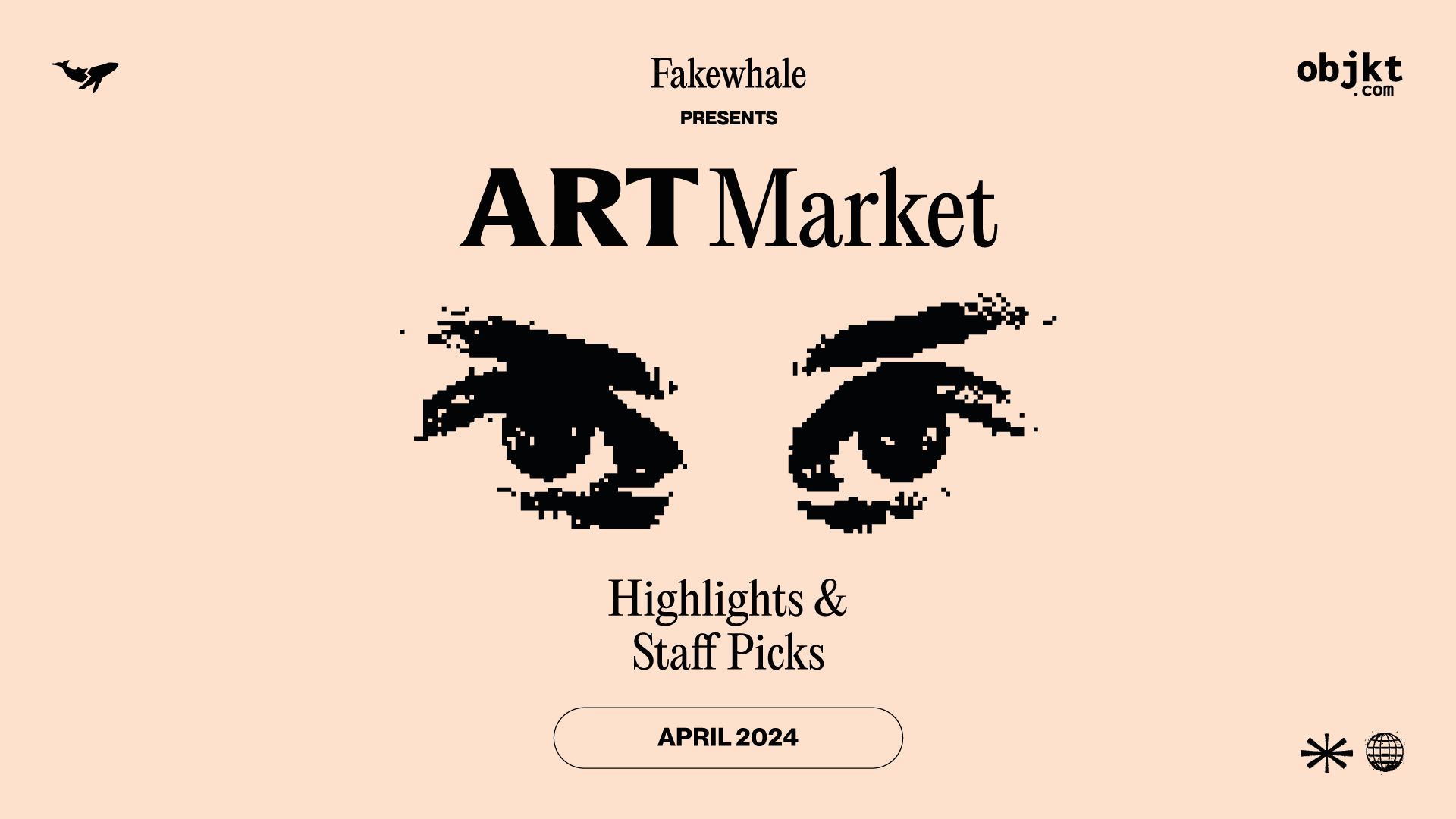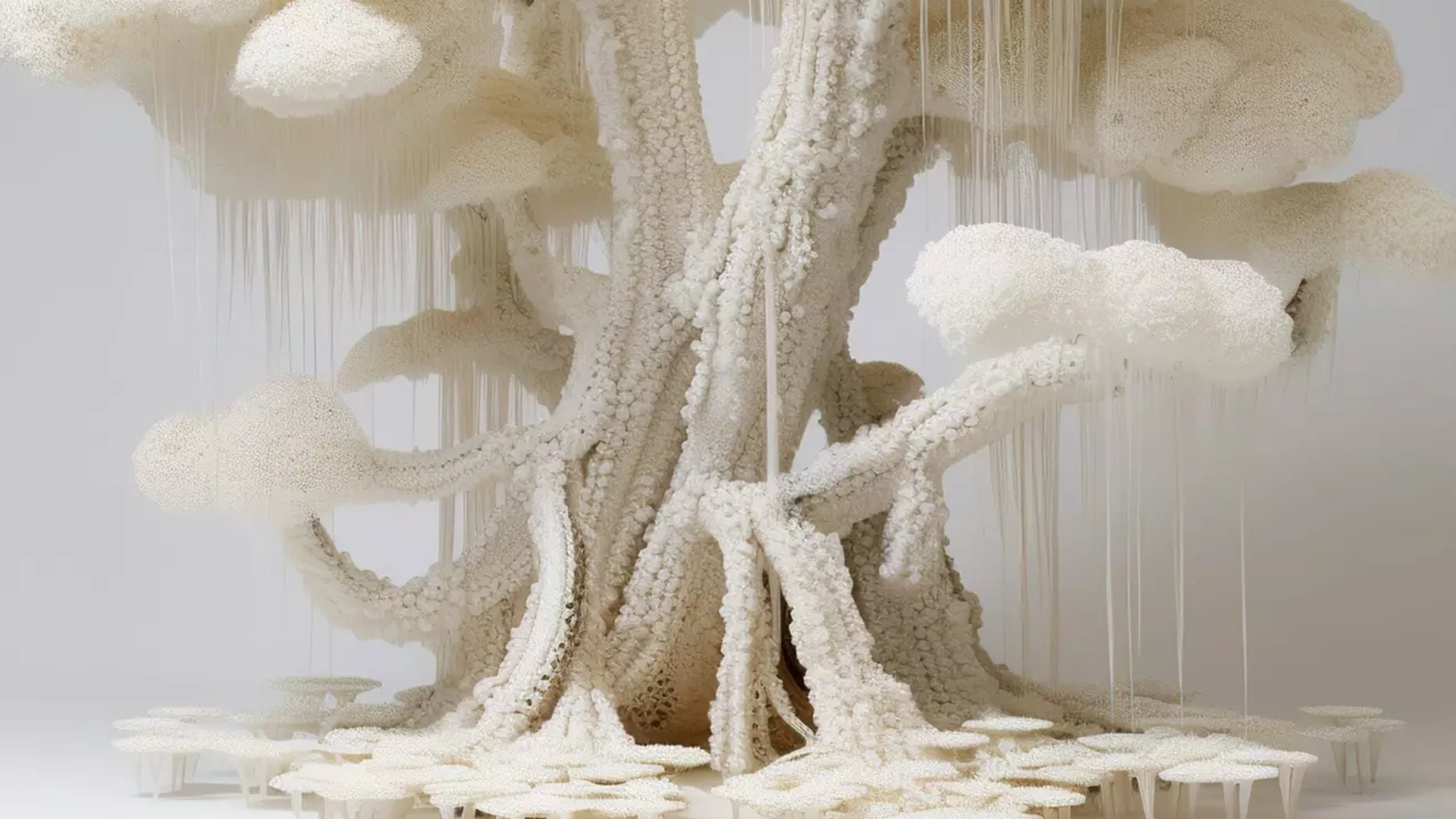
In Conversation with Studio Brasch
Could you introduce yourself to our readers?
My name is Anders Brasch-Willumsen, also known as Studio Brasch. I have decades of experience creating art for clients, collectors, and viewers alike. I like to go on tangents but will try to remain short and focussed in this interview as I’m aware that no one has any time these days. Thanks for taking the time to read this!
How does Studio Brasch approach the creative process when developing AI-generated artworks? What role does human input play in the creation of your AI art pieces?
My creative process creating with 3D and AI respectively, is very similar regarding the initial phase of developing concepts and ideas. But when it comes to the execution phase, that’s where things are different. Instead of modelling, texturing, and rendering (3D), AI allows me to more or less skip those steps and jump right into having something to work with – a raw piece of imagery. But that’s only the beginning. I apply rigorous retouching and often combine different outputs to form a complete piece through compositing.
The human input is present throughout the whole process.
I generate 100s of images for each piece, so especially when it comes to selecting which ones to work with, that’s when the human input is crucial. This part of the process is where humans get to shine.

Nature is a recurring theme in your projects, what about nature draws you to it? How do you like to portray it in your art?
Nature plays a very important role in my life, and I’m deeply fascinated by everything it has to offer – physically, mentally, and spiritually.
So naturally, this passion is an important part of my work. But I’m also interested in technology, so I’m trying to find common ground. I’m interested in the role nature plays in our current, technological age. But I approach all of that from a poetic rather than scientific point of view.
What technologies and algorithms does Studio Brasch use to power its AI art creations?
The 3D toolset, and more recently AI, are my main tools at the moment. However, I currently only use AI for my Aikebana series.
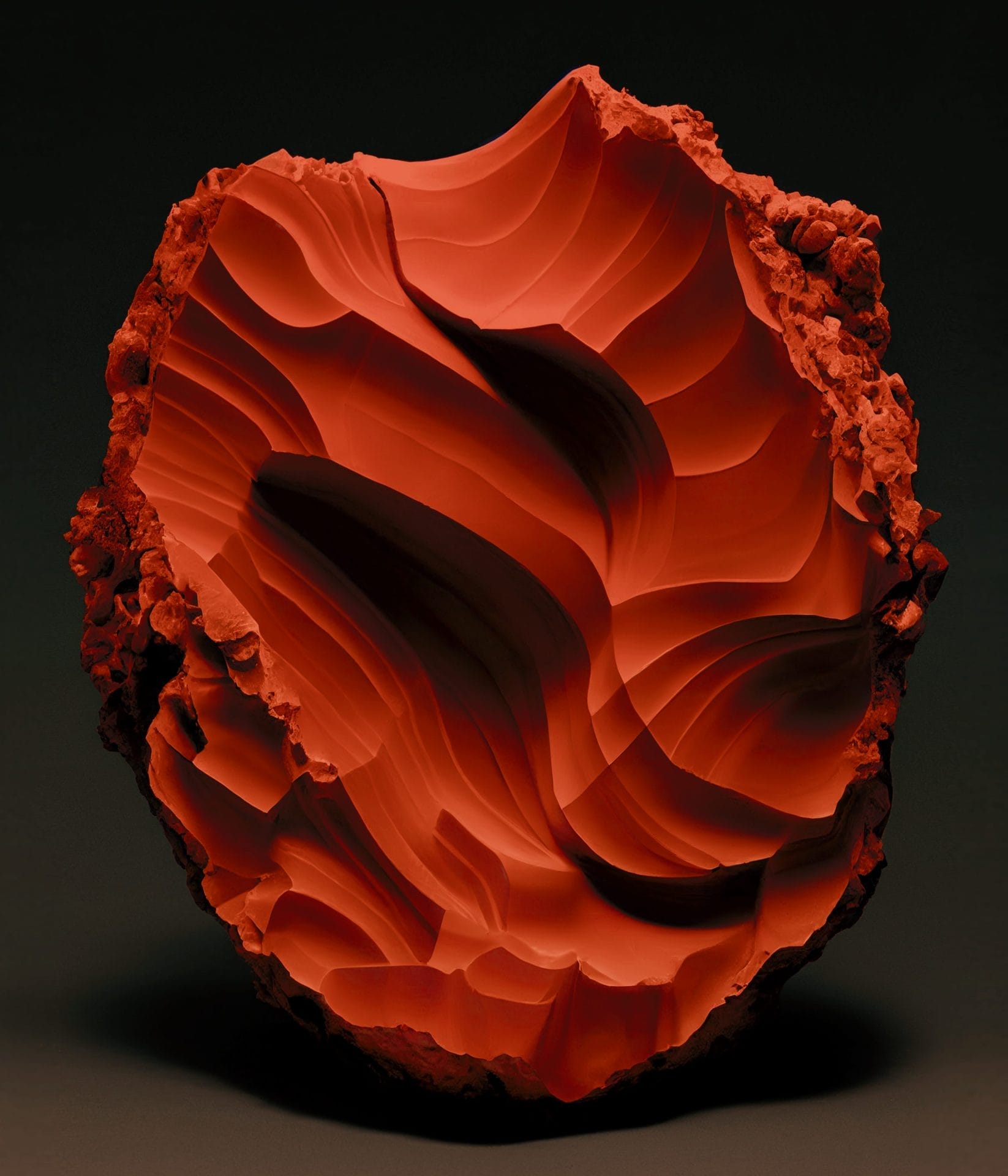
Has Studio Brasch collaborated with other artists, technologists, or organizations to enhance its AI art projects? If so, could you share some examples?
Not yet. I’ve had an offer from an AI company but I wasn’t interested. This might change in the future though as I’m always open to collaborations with the right partners and collaborators.
How do you see your artwork interacting with the audience, what would you like them to take from the works?
I don’t want to dictate how people see or experience my work. It felt meaningful to me personally and if it resonates with other people in whatever way, that’s a wonderful thing.
My work overall has made me think, sometimes with my brain and other times with my heart. And in the most successful cases – with both.

In what ways do you think AI art is influencing or changing the landscape of traditional art, and how do you envision the coexistence of these two forms?
AI is rapidly changing the landscape of art, also for traditional artists. Currently, we are seeing a lot of resistance from traditional artists, and understandably so. Decades of work and practice, and suddenly new tools arrive that can do the job a lot faster. But I think there are different ways of seeing this. A lot of the hate goes towards those who didn’t practice art before AI. I understand where people are coming from but at the same time, I think we need to be more open-minded and celebrate the fact that more people can create now. A lot of super creative people have been held back by a lack of technique, until now. We see some great ideas and concepts being created, and this is an overall win for creativity in my view.
I believe AI and traditional art can coexist but people need to stop thinking about AI as just being image generators. Painters can now generate unique figures and poses, which they can paint, essentially enabling them to ideate a lot faster. They can even create their own AI models and train it on their work. Other traditional artists might just use it for sketching, or even just for generating color palettes. The possibilities are endless, and I predict AI will become more and more accepted as a tool that adds value to the creative process as opposed to ‘stealing’ the creative process.
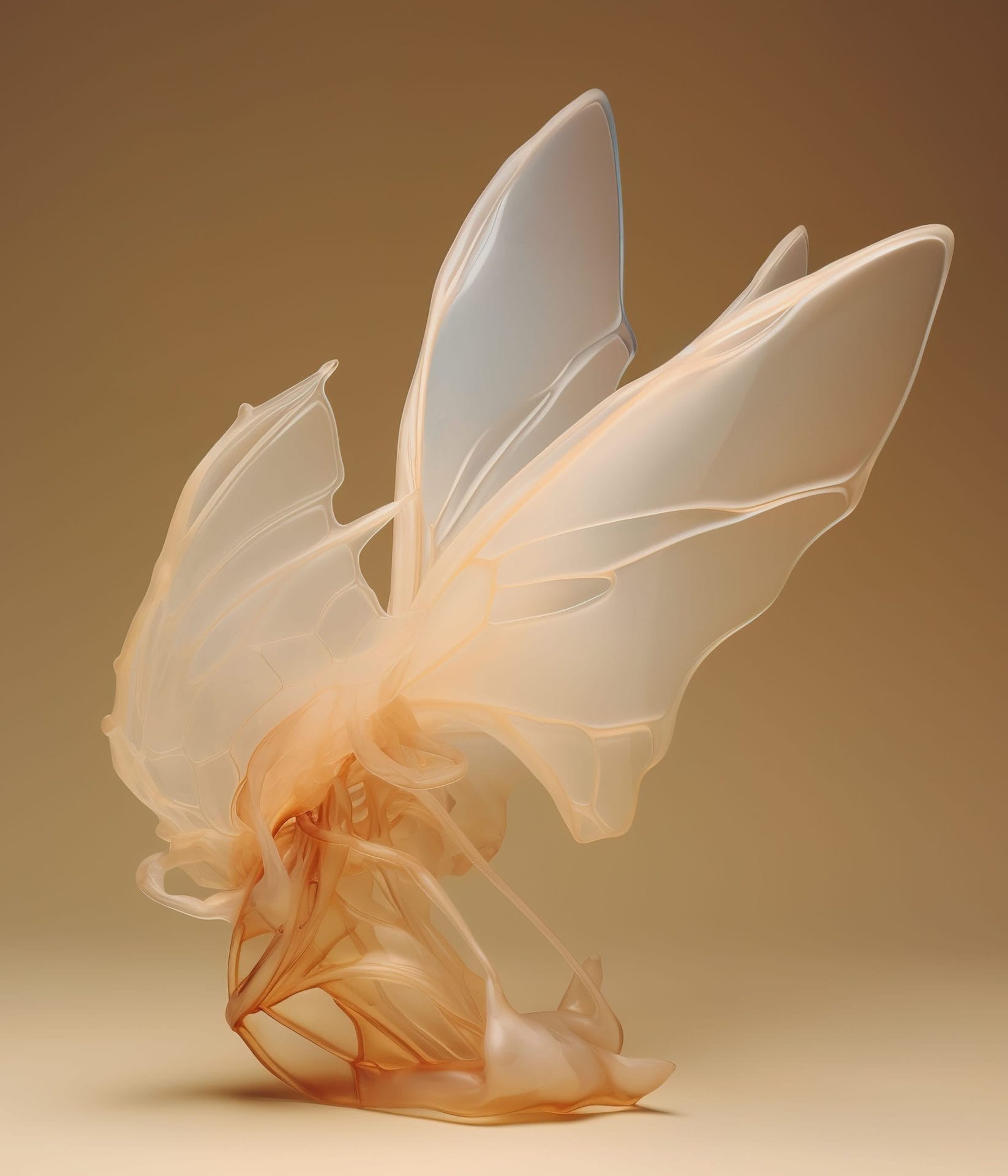
For aspiring AI artists, what advice would Studio Brasch offer in terms of navigating the intersection of art and technology?
I’m classically trained, and used to paint and draw with analog mediums before I discovered Photoshop, which led me to combine analog with digital, creating illustrations for magazines. Later on, I graduated with a degree in Graphic Design, which was extended with a Master’s Degree in Visual Communication years later. All this to say that I have had plenty of training in art fundamentals. And this training perhaps won’t matter as much to those starting these days with AI or coding as their artistic tools of choice. But art fundamentals are incredibly important, even if a machine does a lot of heavy lifting. It’s perhaps a cliché, but timeless advice nonetheless: You should learn the rules before you break them.
All that being said, this is only advice for artists who are interested in the craft aspect of art and does not necessarily apply to those more interested in purely conceptual work.
What are the future aspirations and goals of Studio Brasch?
Plain and simple, I love to create, it’s a lifestyle for me and has been for many years.
I still work on commissions as I’m currently not able to make a living selling my work as NFTs. However, the work I create for clients is the same kind of work I release as NFTs. Clients come to me because they’ve seen my art, and want something similar for their brand.
I came into NFTs late as I was immersed in commissions back then, so I missed out on the bull run. However, I’ve done pretty well during the bear, and I have big plans for my two current series Aikebana and THE JOURNEY, so my situation will change in 2024. I believe in manifestation, and this is something I have manifested.

Could you tell us about your recent project Aikebana?
Aikebana is an ongoing project that blends my interest in Ikebana, the natural environment, abstract sculpture, and new technology (Ai). At the core, it’s my personal, public sketchbook.
Through this project, I intend to uncover novel forms that originate from nature but which have been filtered through our collective memory and finally selected and curated by myself.
I believe by doing so, that I’m able to discover forms that defy categorisation and almost have a soul of their own, one that exists somewhere between technology and those who control it.
Could you highlight one or two of Studio Brasch’s favorite or most significant projects, and what makes them special?
Aikebana and THE JOURNEY are two projects that I’m very excited about. Both of these are long-form projects and through them, I’m able to express my different artistic motivations and artistic inquiries. And that, to me, makes them both meaningful and significant.
The ability to connect with other people through art, and being able to stop people in their tracks, and perhaps make them think or feel, is truly a wonderful feeling.
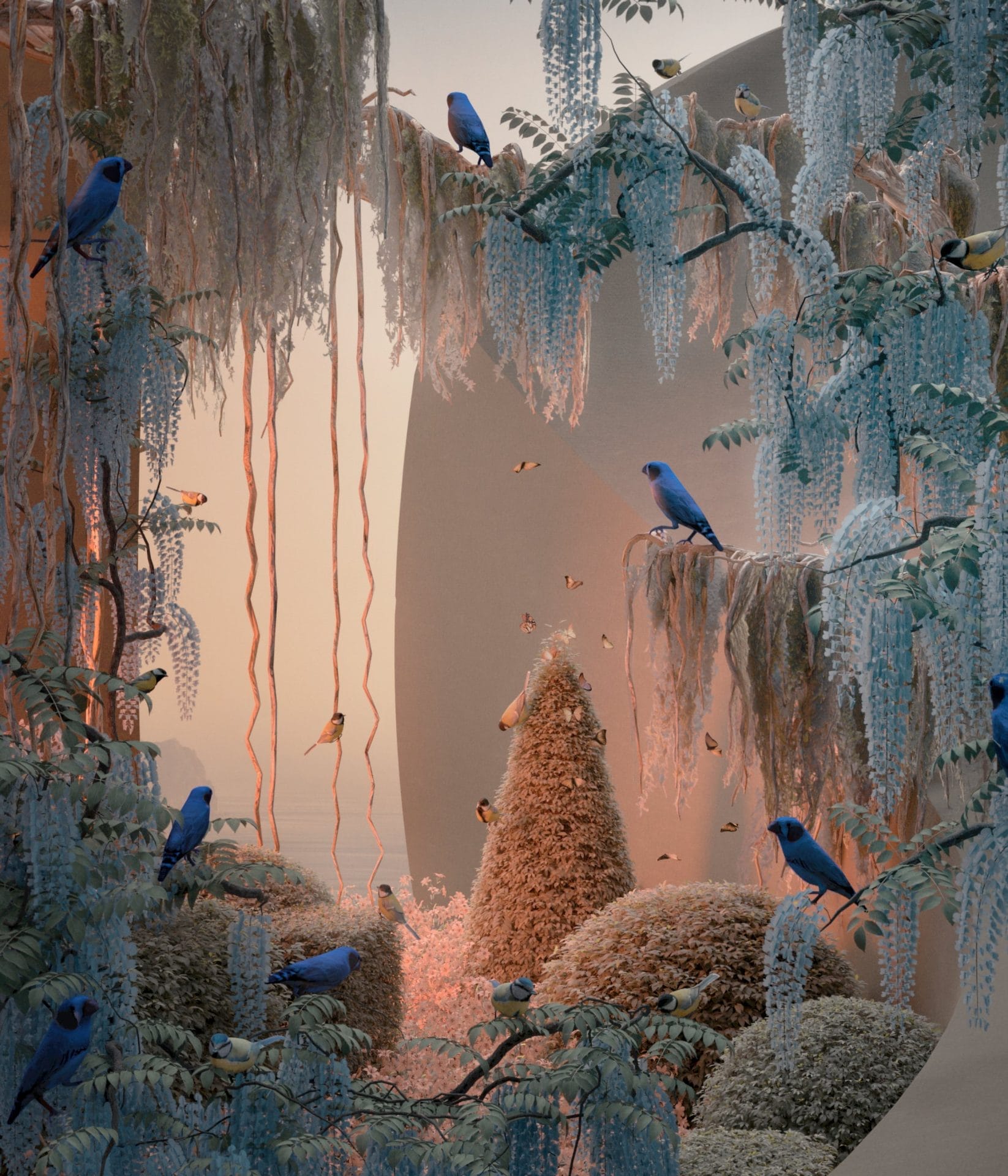
What made you switch to the Web3 world after being a full-time artist and exploring so many different mediums?
I’m still a full-time artist but I have ventured into the world of Web3 because I think it has a great community of art lovers of all kinds, ages, demographics, nationalities, and so on. I find this inspirational because typically we tend to stay within a smaller circle of friends who creates or are interested in the same things as we are but that is often not the case in Web3. Here, everyone shows up almost daily at the public art plaza known as X, and I love that.
Besides that, I’m also fascinated by the technology that drives all of it aka NFTs. Digital ownership and provenance were meant to happen, and I’m thrilled to play a part in this historic moment in time.
What are the major challenges faced by Studio Brasch in the realm of AI art, and how do you overcome them?
I see no challenges, mostly upsides regarding creating. AI is an incredible technology and it’s here to stay. I picked up 3D in 2013, practiced it intensively, and a few years later, I made a career out of it by combining 3D with my experience in art-making, art direction, and concept development.
I see the same happening with AI. Now, I’m combining all the things from my past with AI.
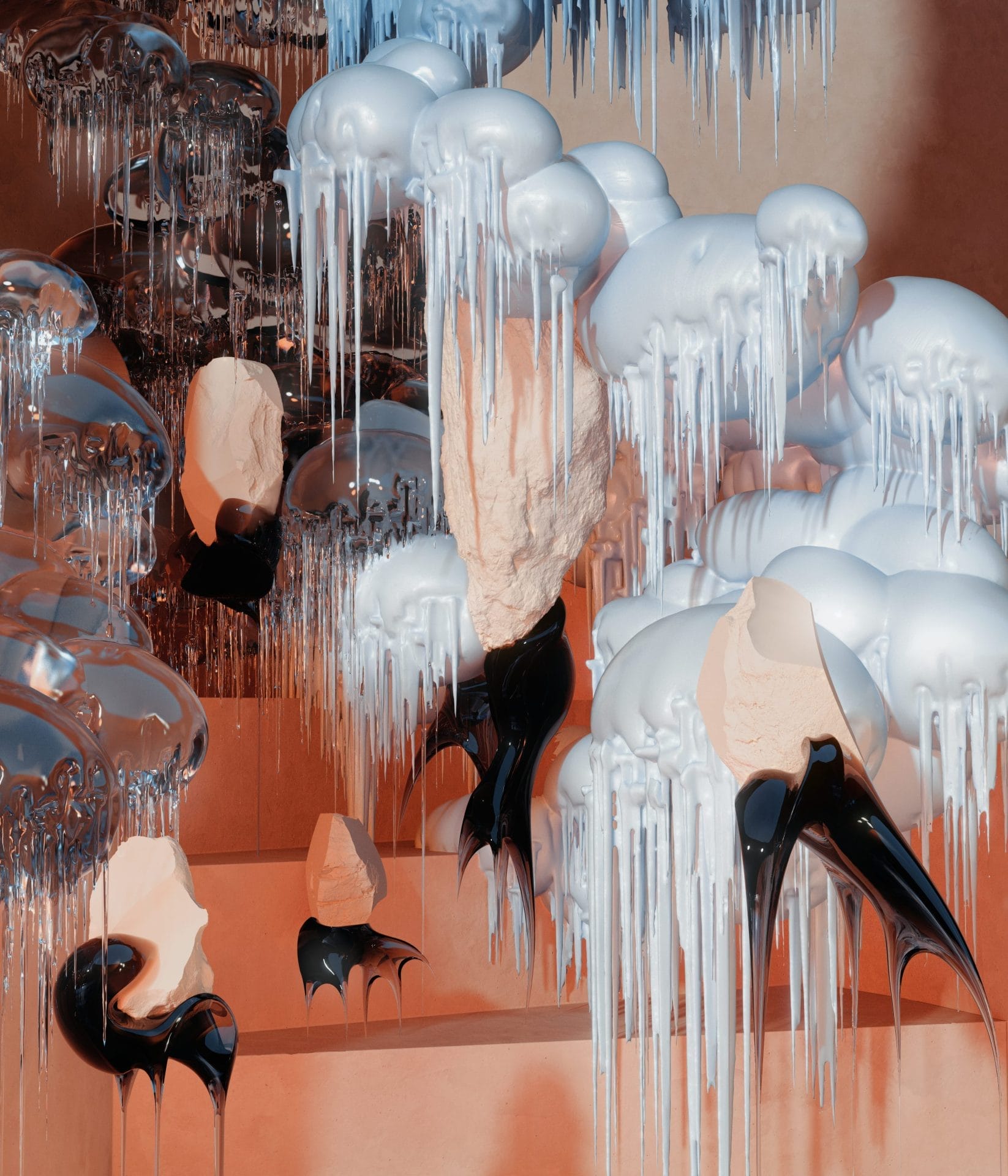
Somewhere Art
Culture Media I Art Curation I Projects Builder
You may also like
FW LOG: Editorial Feed No. 004
Welcome to FW Editorial Feed No. 004, an edition meticulously dedicated to the exploration of post-I
Oliver Bleckmann, Patricia Falk, Arvid Jansen, PRESSKUCHEN, pieces under pressure at LABOR Galerie, Cologne
PRESSKUCHEN, pieces under pressure by Oliver Bleckmann, Patricia Falk, and Arvid Jansen, curated by
ART MARKET April 2024: Highlights & Staff Picks
ART MARKET, Fakewhale Gallery’s ongoing, on-chain exhibition on objkt.com, continues to affirm



